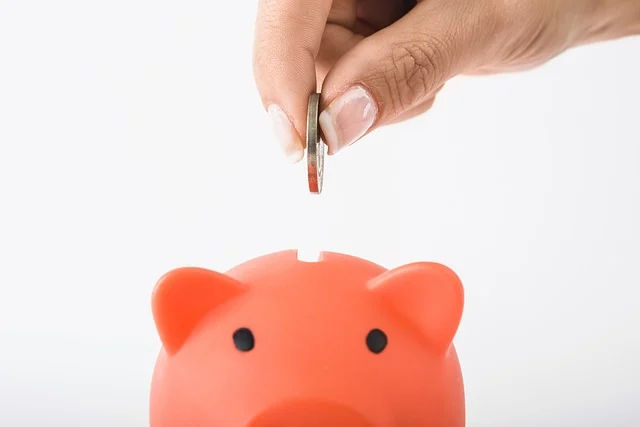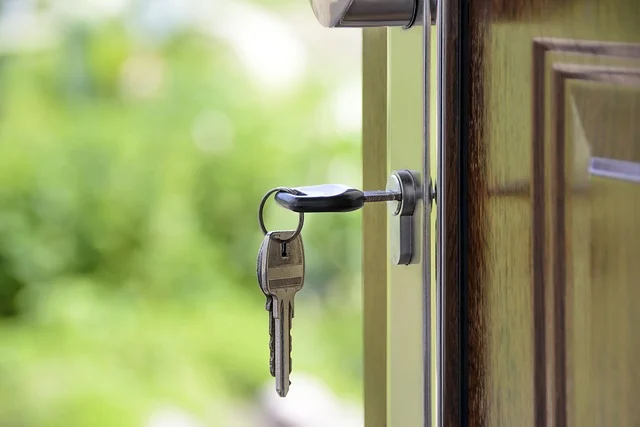What It Means
When you see 1%/10 net 30 on an invoice, you’re looking at a payment incentive. It means this: pay your bill within 10 days, and you’ll get a 1% discount on the purchase price. Miss that window, and the full amount is due in 30 days—no exceptions.
This arrangement gives you two choices: take the discount and save money, or delay payment and give up that saving. For the seller, it’s a way to encourage faster cash inflow, which is especially valuable for businesses that don’t have access to revolving credit.
The numbers always follow the same structure:
- The first number is the discount percentage.
- The second number is the discount period, measured in days.
- The last number is the full payment deadline.
So in “1%/10 net 30,” the 1% discount is available only if payment is made within 10 days, while the total invoice is due within 30 days.
Why It Matters
Choosing whether or not to take the discount is, in essence, a financial decision. If you skip it, you’re effectively paying more for the privilege of holding onto your cash longer. That lost discount has a cost—called the cost of credit. In this case, not taking the 1% discount translates into an implied interest rate of about 18.2% annually.
Think of it this way: the seller is giving you a short-term loan. Pay early and you avoid the cost. Pay later and you accept it.
Special Considerations
Companies with strong profit margins are more likely to offer discounts like these. For them, accelerating cash inflows can be more valuable than squeezing out the last dollar of revenue.
From an accounting standpoint, there are two ways to record these discounts:
- Gross method: Assume no discount will be taken. If payment comes in within the discount period, the discount is recorded at that point.
- Net method: Assume the discount will be taken. The receivable is recorded at 99% of the total, with the expectation that the customer pays early.
Example in Practice
Suppose you receive an invoice for $1,000 with terms of 1%/10 net 30. You now have two options:
- Pay $990 within 10 days.
- Pay $1,000 within 30 days.
Miss the 10-day window, and the discount disappears. The full $1,000 becomes due before late fees are added.
The Bottom Line
1%/10 net 30 is simple, but powerful. It’s a tool for sellers to get cash in faster and for buyers to save money by paying early. Take the discount whenever you can—it’s one of the easiest ways to lower your costs without negotiation.
Other articles for you

A Certificate of Deposit—or CD—is a savings tool where you lock in your money for a fixed period in exchange for a higher interest rate than a standard savings account.

Only about 18% of americans use high-yield savings accounts—an option that can significantly increase your returns with minimal effort.

You want to grow your wealth without spending hours learning to trade stocks, stress over market movements, or hire expensive financial advisors.

You can achieve financial freedom with just 10 paid-off rental properties, not a massive portfolio.

Real estate investing is one of the most powerful vehicles for building long-term, generational wealth.

You don’t need to buy real estate, or sign a lease, not even need to spend a dollar upfront to make money on Airbnb.

A mobile home park is a residential community where individual plots—called pads—are rented to mobile home owners.

At first, the concept was simple: invest directly in a property, think of it like crowdfunding a building.

Are you thinking about jumping into commercial real estate, but feel stuck because you don’t have any capital?

The Rise and Fall of the 0x (ZRX) Protocol